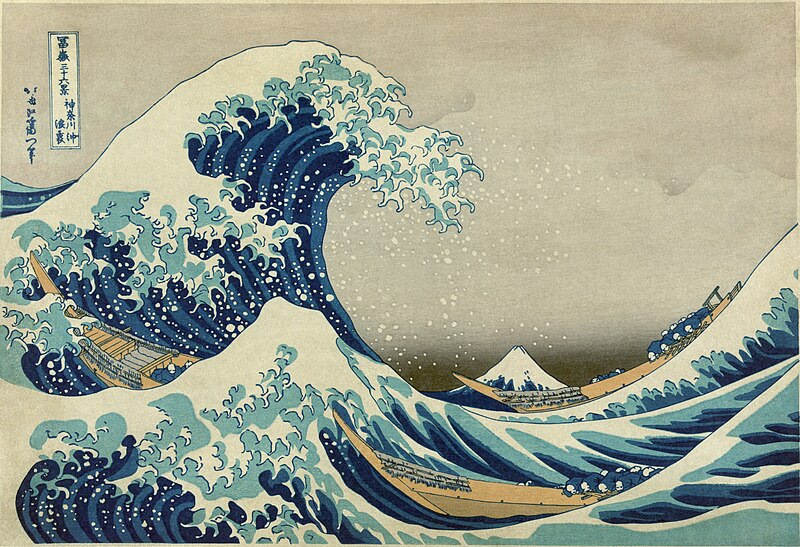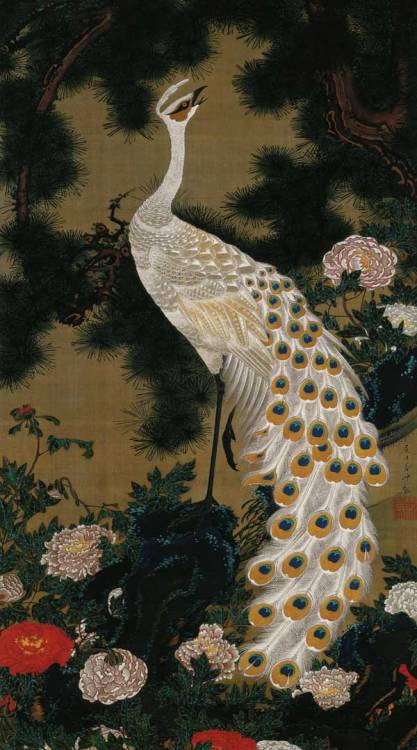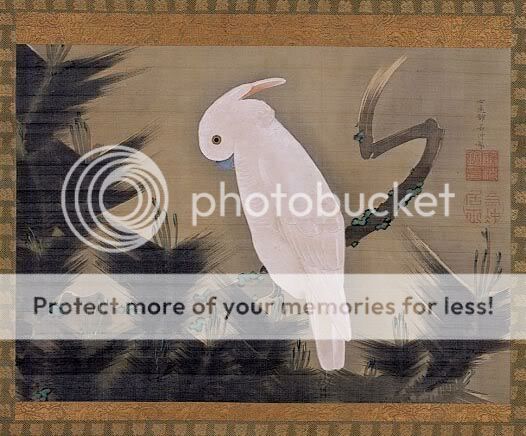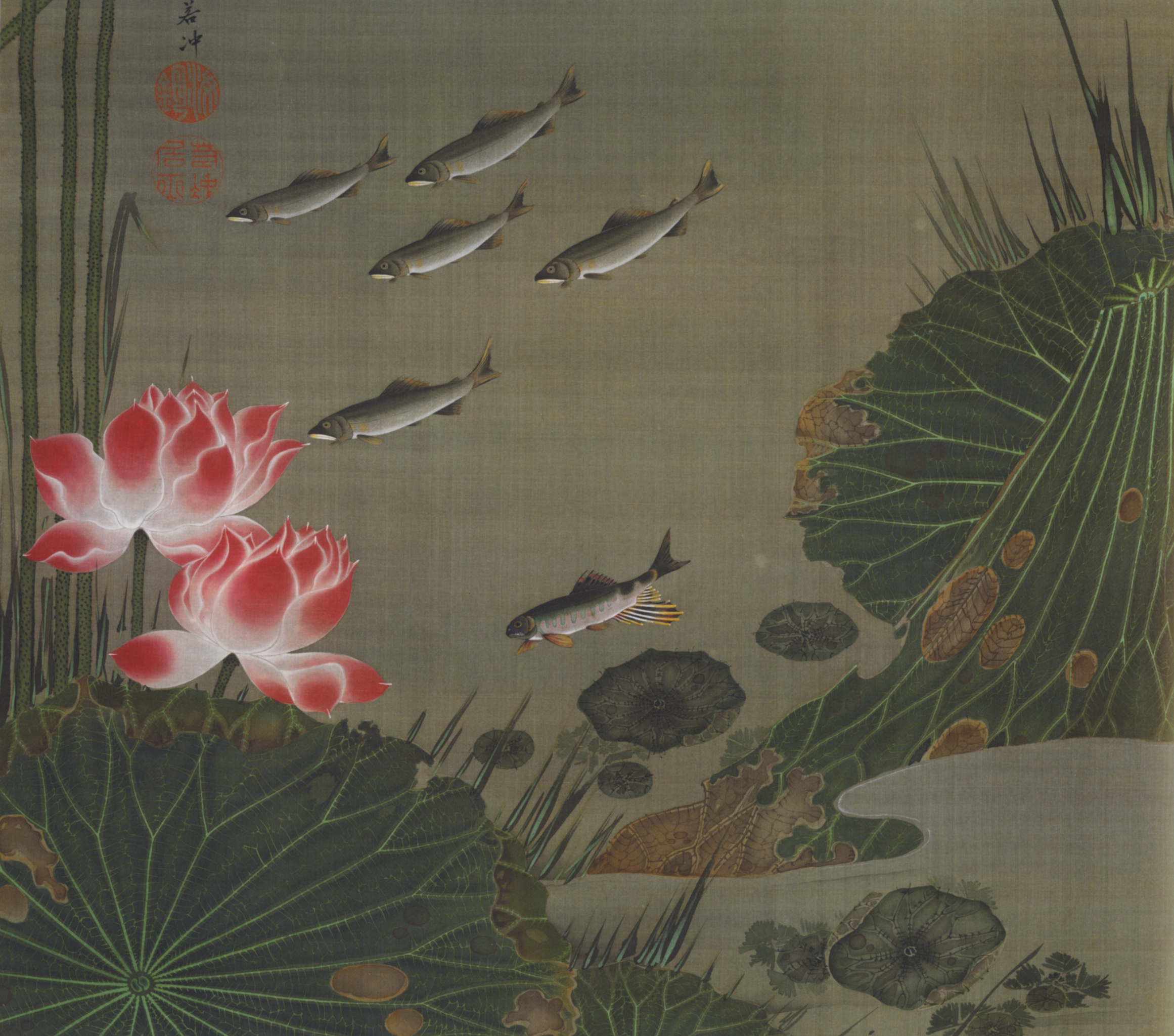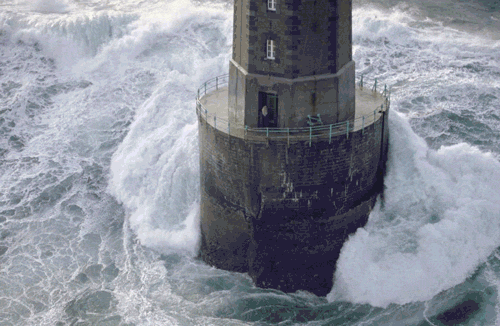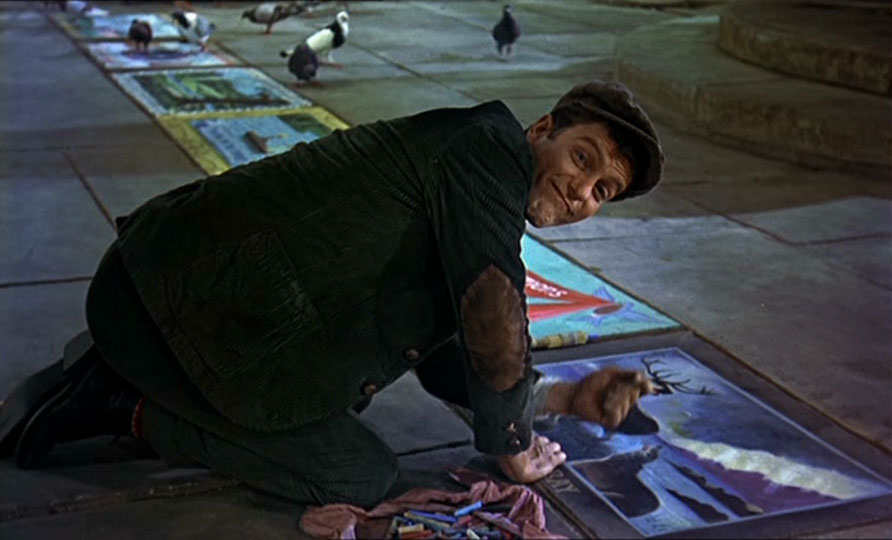Visited the Barnes Museum in Philadelphia on Xmas eve, and just sent this writeup to some friends who are art fans. Figured I'd share it here as well.
Like promised, I just got back to Hershey after the Xmas holiday, and I figured while I had a spare minute at work, I'd write up my impressions of the Barnes museum we visited in Philly on Xmas eve. TexasDeac and SteelCity had both discussed the documentary "The Art of the Steal" with me, I believe. The documentary discussed the struggle of the museum trying to stay in a Philadelphia suburb where it was built on the residence of the Barnes Foundation's owner. He made his money in pharmaceuticals in the late 19th and early 20th century, to a massive fortune. All in his home location, he amassed over 8000 works from some of the great pre-/proto-/post-impressionists, including a wide variety of master works. Most impressively are the hundreds of Renoir, Matisse, Picasso, Degas, Cezanne, and Van Gogh works. In modern money, there is well over a billion dollars of art valued within the collection. Kyle, maybe you remember from the film or elsewhere how they managed to eventually move all the art (against Barnes' wishes in his estate/will planning) to a new building in downtown Philadelphia. It was a legal battle for decades, but eventually, it moved to Philadelphia, and now sits in the arts district near the main museum.
The original house must have been an even more exaggerated version of what I'll describe the new one as, which was spectacular and overwhelming in so many ways. First, I'll give my impression of the building/space itself. It is vaguely reminiscent of some later Frank Lloyd Wright overtly geometric designs, though while it originally appeared to be a simple shoebox shape, the closer we got, it more closely resembled some of the Beijing Olympic stadiums, with windows overlapped by large rectangular stones. When you approach the entrance, you have to walk down a narrow path surrounded on both sides by a shallow pool of water with smooth, round stones on either side. It's serene and calming, and the exterior really doesn't seem like it will contain anything similar to what is found inside. This is perhaps one of my only two complaints, that the context surrounding the works is almost a distraction to what is inside, in that I was very impressed with the design and space of the interior and exterior. Most of the floors were a gorgeous, deep mahogany red, and there were two levels in the building. The ground level, after you get past the ticketing area, opens up into the main space, where perhaps most strikingly underneath the arched ceiling is a massive wall mural by Matisse. It was apparently the most challenging move from the original location, where it was painted onto the wall. In the same room, there is a massive Seurat in between entrances to the West wing, and two large Renoirs between entrances to the East wing. At this point, I'll mention that although the floor plan to the museum was significantly different than his house, the interior and the way the rooms were galleried was kept as close as possible to the way it was hung in the original house when Barnes died. He frequently enjoyed moving things around while he was alive, which perhaps explains the way the paintings are currently displayed.
The main room had the tallest ceiling in the building, easily 40 feet. Aside from that, the ceilings were about twelve feet, and each room had nearly every square foot covered with some form of visual art. That is my second complaint about the exhibitions. The juxtaposition of the old and the new was already jarring, and then the fact that each room just had dozens and dozens of works all covering each surface, floor to season, made it very challenging to move from room to room quickly. Though the entire building was not that large, it would easily take a full 24 hours to see every work in the museum and give it proper attention. The number of works inside was on the level of a much larger, city-sized museum, but it was all crammed into maybe 12-15 rooms. And in addition to the really cramped nature of the full museum, the other somewhat jarring thing was how everything was exhibited. Though there was a ton of overlap in artists, and certainly a common group of artists centering around impressionism, they were punctuated with art from all different periods and geographic locations. Next to a Cezanne would be a 14th century Yuan dynasty print next to a charcoal drawing by Picasso next to a 16th century German handsaw next to a 20th century American landscape work. However, in spite of the clutter and seeming disorganization, which was initially incredibly jarring, and made me sit down and really think a lot (especially as hungover as I was), I eventually came to really appreciate the vision Barnes had when compiling his collection. More than any other collection I've ever visited, public or private, you got the sense of the collector's vision, his aesthetic, and what he really enjoyed. He was clearly obsessed with form over function and with color over composition. He always made you think about the contrasting styles of contemporaries. Putting Matisse next to Renoir was one of his favorite things to do. Matisse and Picasso used almost no paint at all compared to Renoir, or especially someone like Van Gogh, both of whom value texture over representational accuracy. He made a lot of these juxtapositions for you, almost to the point that he was trying to tell the story of painting before and after the photograph, or the move from representational to non-representational art.
The collection mostly stopped in the mid 20th century from a chronological standpoint, and the earliest works I saw were from the 13th and 14th century from Asia. In between, there were El Greco, many of the Dutch, French, Spanish, and Italian masters (though no Renaissance masters really), and then by comparison, a lot of furniture and functional pieces from North/Central America, from chests and bureaus designed and built in the Piedmont of North Carolina to pottery and tapestries from Mexico and Guatemala and the American Southwest. As a cohesive whole, there remains no way of describing the collection other than overwhelming and impressive. The museum workers were extremely strict about standing behind the lines on the floor that separated you from the paintings, which sometimes made it difficult to get a great look at some of the higher up works. From my understanding now, under management of both the Barnes Foundation, which still owns and manages the collection, and from city/state funding, the collection is much better maintained from a climate and preservation perspective in its new location. There were an unfortunate number of works apparently damaged in the move, or improperly handled at the first location. Additionally, there were no placards on the walls next to the art, but on each frame was a small name card for the artist, unless it was unknown. In this regard, without explanations of the pieces, the way they're exhibited, or historical context framing the collection, I can see how the collection could be appealing to the less artistically educated and more artistically inclined audiences both. There is an incredible aesthetic appeal to the space itself, and there are hardly any paintings bordering on postmodern or abstract, which is certainly more enjoyable to most laymen, and it seems to be ambitiously designed, pragmatically displayed (given relative spatial limitations), and faithfully executed from their plan.
For all my nitpicking, it remains among the most impressive museums I've ever visited. Though not as comprehensive as say L'Louvre or the National Gallery in London/DC, it is every bit as cohesive and memorable. If you're in Philadelphia, I would put it right on par with their excellent city collection, even perhaps a step further in the incredibly high value of the works. If y'all have any questions or comments, I'd love to take them.






